Disclosure: This article contains affiliate links. We may earn a commission from purchases at no extra cost to you, which helps our travel content.
As both a physicist and perpetual explorer, I've learned that the most fascinating discoveries often lie beneath the obvious surface—whether we're talking about subatomic particles or travel destinations. Amsterdam, with its picturesque canals and iconic museums, offers plenty at first glance. But much like the hidden variables in quantum mechanics, the city conceals remarkable secrets for those willing to look deeper. During my recent spring weekend escape from lab work in St. Petersburg, I ventured beyond the well-trodden tourist paths to uncover Amsterdam's lesser-known dimensions—places where science, culture, and authentic Dutch life intersect in surprising ways.
The Physics of Amsterdam's Hidden Waterways
While tourists crowd the central canal ring, I found myself drawn to the hydraulic marvels of Amsterdam's lesser-known waterways. The Entrepotdok, once a string of warehouses dating back to the 1700s, offers a fascinating glimpse into the city's relationship with water management. As a physicist, I couldn't help but analyze the brilliant engineering that has kept this below-sea-level city dry for centuries.
The real revelation came during my guided tour with local engineer Martijn on the electric boat tour. Unlike the packed tourist barges, this intimate experience took our small group through narrow passages where Martijn explained the precise calculations behind Amsterdam's water displacement systems and lock mechanisms. The mathematical elegance behind these centuries-old solutions would impress any scientist.
What struck me most was visiting the historic Westerpark area, where the old gasworks have been transformed into cultural spaces. Here, the principles of thermodynamics that once powered the city have given way to creative energy—a perfect metaphor for Amsterdam's constant reinvention.
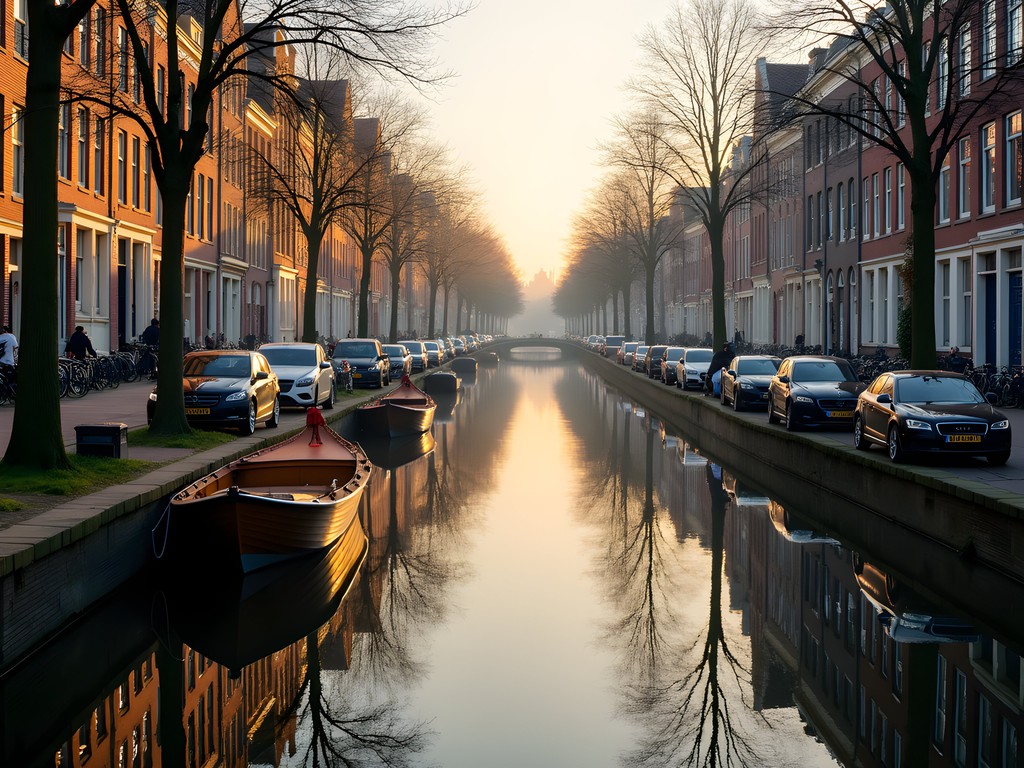
💡 Pro Tips
- Book the early morning Secret Canal tour to avoid other boats entirely
- Visit the Marineterrein area to see innovative floating architecture and water management solutions
- Bring a waterproof phone pouch as spring showers can appear suddenly
NEMO Science Museum's Secret Laboratory
While tourists flock to the Rijksmuseum and Van Gogh Museum, my physicist's heart led me to NEMO Science Museum—specifically to its hidden gem that most visitors miss entirely. Beyond the main exhibition halls lies the Research Lab, a working scientific space where visitors can participate in actual ongoing experiments.
As someone who's spent decades in laboratories, I was impressed by how they've made complex scientific concepts accessible without oversimplification. During my visit, I participated in a fascinating experiment on fluid dynamics, watching as colored liquids demonstrated principles I've taught for years—but rarely seen explained so elegantly to the public.
The true secret here is the rooftop terrace, which not only provides spectacular city views but also features several physics demonstrations utilizing wind and solar energy. I spent an hour with my pocket weather meter measuring the microclimate created by the building's unique shape—a perfect example of how architecture and physics intersect.
What makes this experience special is that it's largely overlooked by tourists rushing to check off more famous museums from their lists. Visit late afternoon on weekdays, and you might have entire sections to yourself—a rarity in Amsterdam.
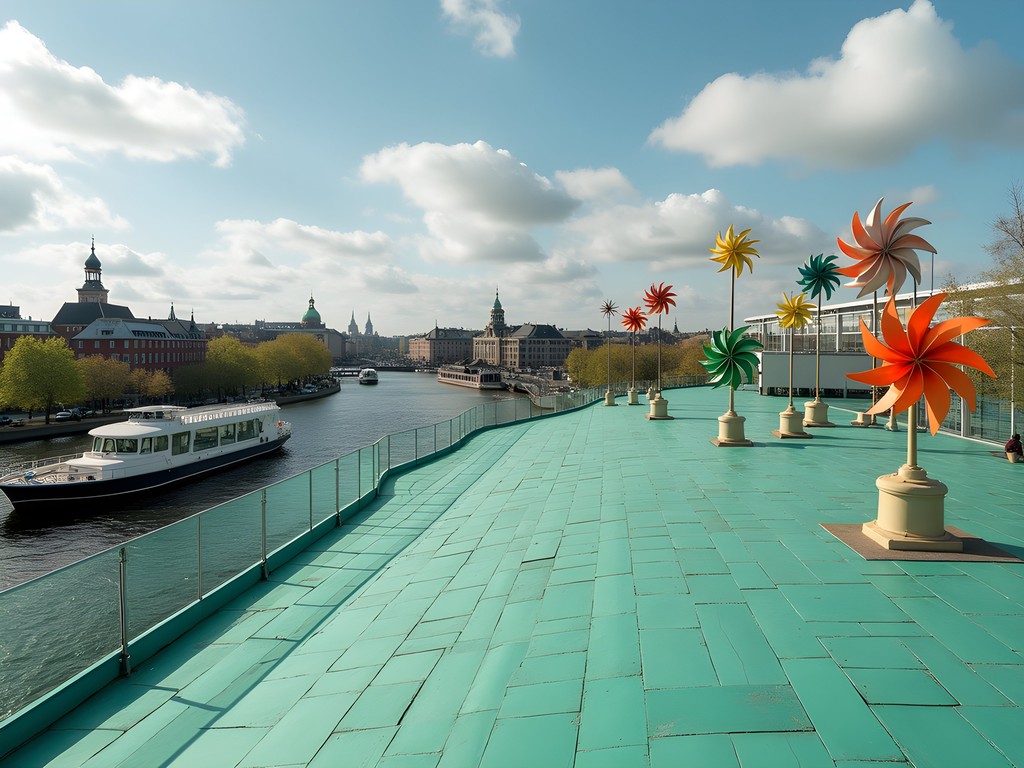
💡 Pro Tips
- Ask about the 'Researcher for a Day' program which isn't advertised but allows visitors to assist with actual scientific work
- Visit after 3pm on weekdays when school groups have departed
- The rooftop experiments work best on slightly windy days
The Geological Wonders of Amsterdam's Architecture
Amsterdam presents a fascinating geological paradox—a city built on marshy land with virtually no natural stone, yet adorned with magnificent stone structures. As someone who frequently takes his children to explore geological formations, I was determined to uncover Amsterdam's hidden stone stories.
My research led me to Ons' Lieve Heer op Solder (Our Lord in the Attic), a 17th-century hidden church. Beyond its historical significance, what fascinated me was the building materials—imported stones that tell the story of European trade routes and geological diversity. The docent was surprised when I asked about the provenance of specific marble types, but soon enthusiastically shared information rarely discussed on standard tours.
For those interested in this geological perspective, I recommend carrying a geology hand lens to examine the diverse stones in Amsterdam's historic buildings. You'll identify Italian marble, Belgian limestone, and Norwegian granite—each with its own geological story.
The most remarkable discovery was in the quiet Begijnhof courtyard, where I found a rare piece of Amsterdam's only natural stone—a simple boulder transported by glaciers during the ice age, now serving as a humble bench largely ignored by passing tour groups focused on the historic buildings.
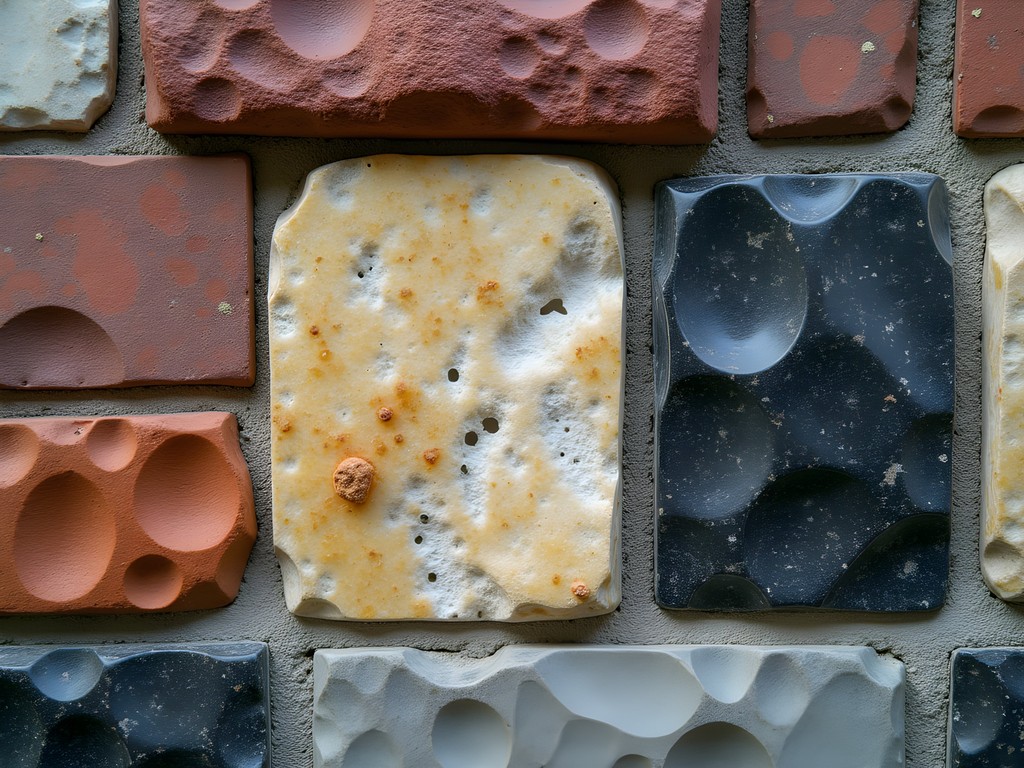
💡 Pro Tips
- Visit the Tropenmuseum to see their collection of stones from former Dutch colonies—a geological and colonial history lesson combined
- The Amsterdam City Archives building features remarkable examples of different building stones with informative plaques
- Early mornings at Begijnhof provide quiet time to examine the courtyard's geological features
Amsterdam's Underground Jazz Scene
When the sun sets over the canals, Amsterdam reveals another hidden dimension—its vibrant jazz scene that exists well beyond the tourist-filled venues. As both a physicist and jazz enthusiast, I find something mathematically perfect about improvisational music; the way notes interact follows patterns reminiscent of particle interactions.
My exploration began at the tiny Café Alto, which despite being in guidebooks, remains authentically local after 10pm when tourists retreat to their hotels. The real discovery, however, was finding De Badcuyp in the Albert Cuyp market area. This unassuming venue hosts remarkable jam sessions where local musicians experiment with traditional jazz forms in ways I haven't heard elsewhere in Europe.
The true hidden gem emerged when I struck up a conversation with the bassist at De Badcuyp. He directed me to a members-only session in a converted canal house basement near Westerpark. After showing genuine interest in the music (and mentioning my own modest saxophone skills), I received an invitation to this unmarked venue. Here, Amsterdam's finest musicians gather after their paid gigs to play purely for the love of music.
I came prepared with my pocket recording device (always ask permission before recording!) and captured some truly innovative sounds that blended traditional jazz with influences from Surinamese and Indonesian music—reflecting Amsterdam's colonial history through sound.
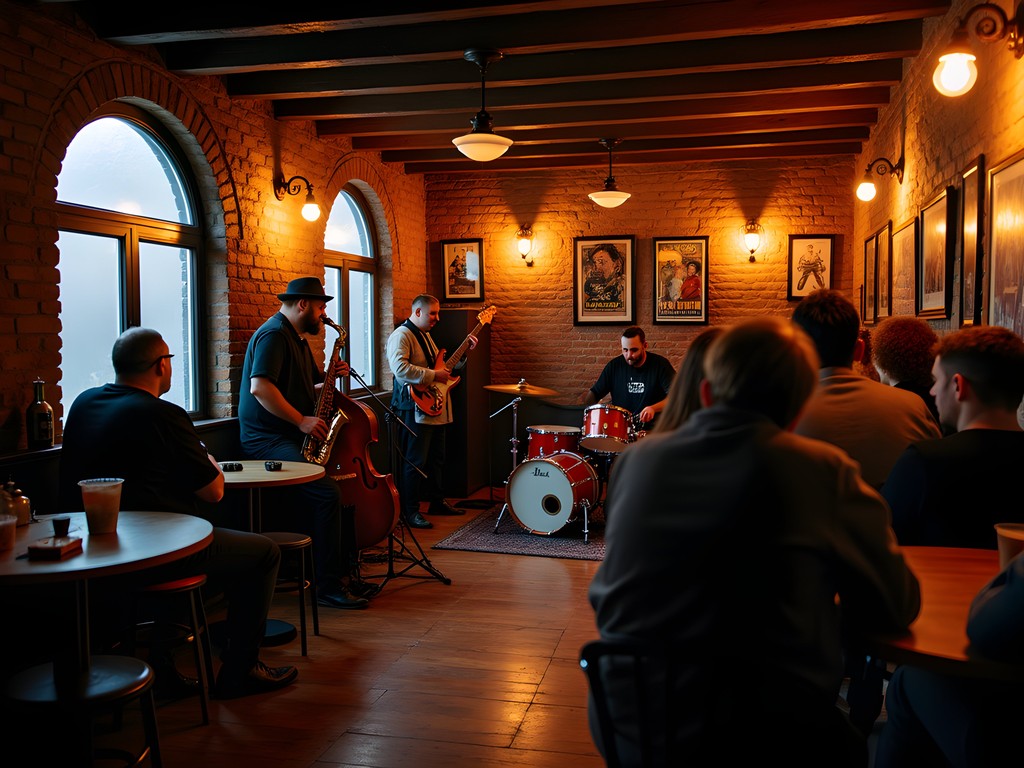
💡 Pro Tips
- Visit jazz venues after 10pm when locals replace tourists and the real music begins
- Show genuine interest and knowledge when talking to musicians—it might lead to invitations to unadvertised performances
- Carry small bills for cover charges at impromptu venues—many don't accept cards
Geological Time in an Urban Setting: Amsterdam's Fossil Walk
Few visitors realize they're walking on an ocean floor when exploring Amsterdam. The city's foundation includes layers of marine sediment rich with fossils—a fact I discovered through a remarkable self-guided tour that connects my passions for geology and urban exploration.
The University of Amsterdam's Earth Sciences department has quietly created the 'Amsterdam Fossil Walk,' a downloadable guide that identifies buildings constructed with fossil-rich limestone. Armed with my digital microscope that connects to my smartphone, I spent a fascinating morning examining 150-million-year-old marine creatures embedded in the walls of ordinary buildings.
The walk begins at Amsterdam Centraal Station, where the limestone contains clearly visible ammonites and bivalves. But the true hidden gem is the Magna Plaza shopping center—formerly the main post office. While shoppers focus on modern merchandise, the building's exterior walls contain one of the richest collections of visible fossils in any European urban setting.
What made this experience special was connecting with a local geology student who spotted my unusual activity of photographing walls rather than canal houses. She shared additional locations not on the official walk, including a remarkable section of wall near the University Library where a complete prehistoric fish skeleton is visible to the trained eye.

💡 Pro Tips
- Download the Amsterdam Fossil Walk PDF from the University of Amsterdam's Earth Sciences website before your trip
- Visit early morning when building surfaces are still damp from overnight moisture—fossils are more visible then
- Bring a small spray bottle with water to enhance fossil visibility in limestone surfaces
Microbrewery Science in Noord
Amsterdam Noord—the revitalized industrial area across the IJ river—has become trendy in recent years, but most visitors still stick to the NDSM Wharf area with its obvious attractions. As a scientist, I'm naturally drawn to fermentation processes, which led me to discover Amsterdam's most innovative microbreweries hidden in repurposed industrial spaces deeper in Noord.
Oorsprong Brewery particularly fascinated me with their experimental approach. Unlike tourist-oriented breweries, Oorsprong employs a physicist-turned-brewer who applies scientific principles to create unique flavor profiles. During my visit, I participated in their 'Experimental Brewing Workshop' where we used pH testing strips to monitor fermentation conditions—merging my professional knowledge with my recreational interests.
What makes this experience special is the location—housed in a former laboratory building where the architectural elements of scientific research remain visible. The brewmaster explained how they've repurposed old lab equipment for brewing processes, creating a fascinating intersection of science history and culinary innovation.
The hidden gem here is their underground aging room, where wild fermentation experiments take place in conditions carefully controlled to replicate different geological environments. As someone who's explored cave systems worldwide, I appreciated how they've recreated subterranean conditions to influence yeast behavior—producing beers with flavor profiles impossible to achieve in conventional settings.

💡 Pro Tips
- Take the free ferry from behind Amsterdam Centraal Station to Noord, then rent a bicycle to reach the deeper Noord breweries
- Book the Experimental Brewing Workshop at least two weeks in advance as it's limited to eight participants
- Visit on Thursday evenings when local scientists gather for informal discussions about fermentation science
De Ceuvel: Sustainable Physics in Action
As a physicist who regularly incorporates environmental principles into my research, discovering De Ceuvel was like finding a living laboratory of sustainability physics. This former shipyard in Amsterdam Noord has been transformed into an eco-community where scientific principles drive everyday solutions.
What makes De Ceuvel remarkable is how thoroughly it demonstrates physics concepts in practical applications. The community's water purification system uses phytoremediation—plants cleaning contaminated soil—in a process that perfectly illustrates principles of molecular transfer I've taught in university courses.
The true hidden gem is their energy system, which uses innovative heat exchange principles rarely seen outside academic settings. During my visit, I used my infrared thermometer to measure temperature differentials across their solar installations—revealing efficiency levels that impressed even my scientifically critical mind.
The Café de Ceuvel serves as both community hub and demonstration space, where I enjoyed lunch while examining their transparent floor revealing the soil remediation process below. What struck me most was how few tourists find this place—despite being just a short ferry ride from central Amsterdam, it remains primarily visited by sustainability professionals and locals.
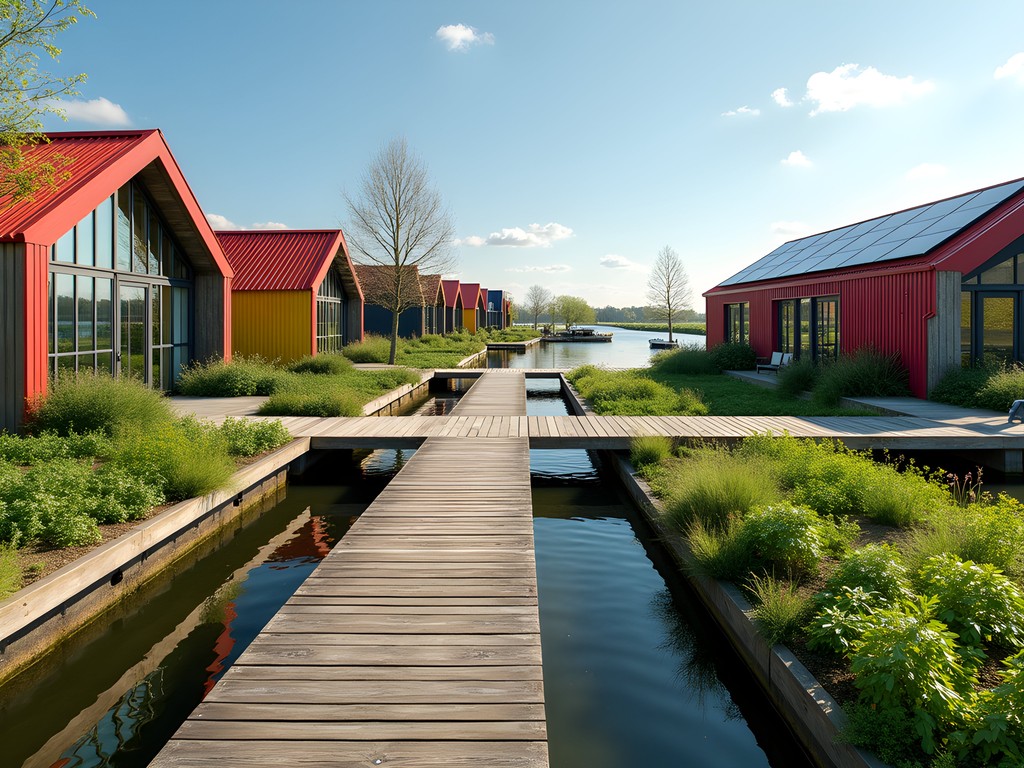
💡 Pro Tips
- Join the free sustainability tour offered every Saturday at 3pm—it's led by the scientists and engineers who designed the systems
- Download the De Ceuvel AR app that visualizes the invisible energy and water flows throughout the community
- Visit on sunny days when the solar installations and outdoor purification systems are most active
Final Thoughts
Amsterdam's surface-level charm—its picturesque canals and famous museums—operates much like classical physics: predictable, well-documented, and understood by most observers. But the city's true nature, like quantum mechanics, reveals itself only through deeper investigation and local connections. These seven hidden gems represent Amsterdam's fascinating complexity beyond the tourist algorithm.
As a physicist, I'm trained to look beyond obvious explanations, seeking the underlying principles that govern systems. This same approach serves travelers well. The most memorable experiences in Amsterdam emerge when we question the standard tourist narrative and seek the city's authentic rhythms—whether found in underground jazz improvisation, geological stories embedded in buildings, or the physics of sustainable communities.
I encourage you to approach Amsterdam with both scientific curiosity and openness to serendipity. Measure the city not by how many famous sites you photograph, but by how deeply you understand its hidden dimensions. Like any worthwhile scientific exploration, the most valuable discoveries often happen when we venture beyond established theories into uncharted territory. Amsterdam rewards such curiosity generously.
✨ Key Takeaways
- Amsterdam's most authentic experiences lie beyond the tourist zones in places where locals pursue their genuine interests
- Scientific curiosity serves travelers well—approach the city as a researcher seeking to understand systems rather than check off famous sites
- Making connections with locals who share your specific interests (whether science, music, or sustainability) opens doors to experiences no guidebook can document
📋 Practical Information
Best Time to Visit
Spring (April-May) when tourist crowds are manageable and local community activities are most active
Budget Estimate
€100-150 per day including mid-range accommodations, local transportation, and activities
Recommended Duration
Minimum 3 full days to explore beyond obvious attractions
Difficulty Level
Moderate - Requires Willingness To Use Public Transportation And Venture Into Non-Tourist Areas

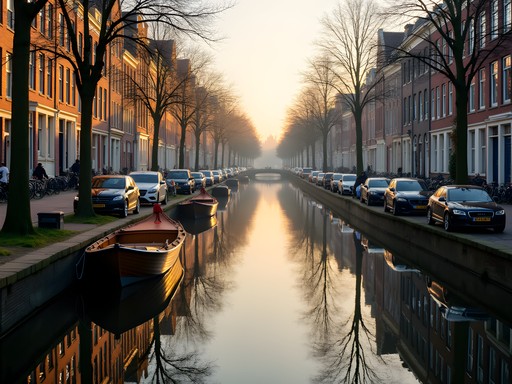
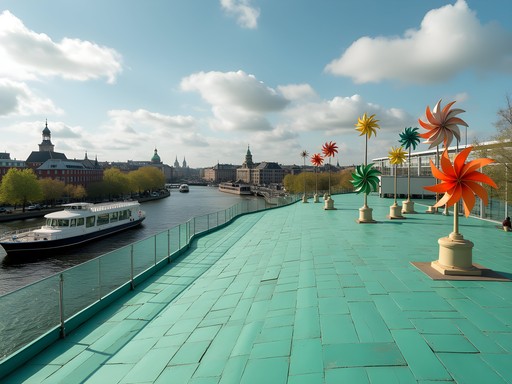
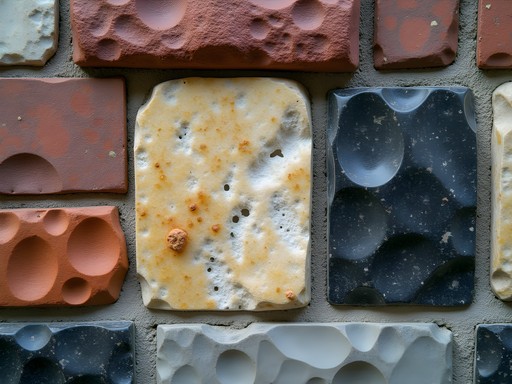

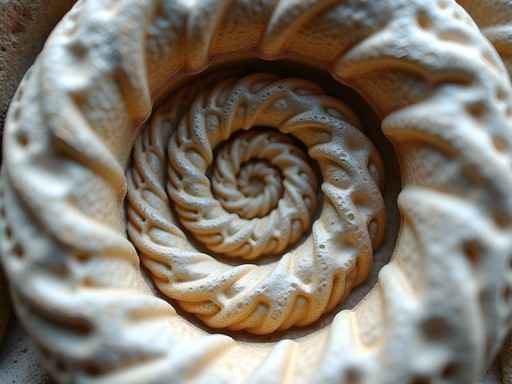
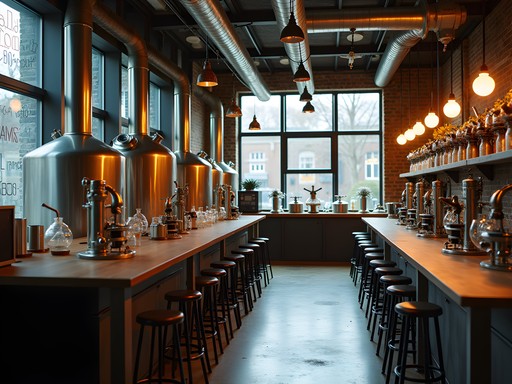


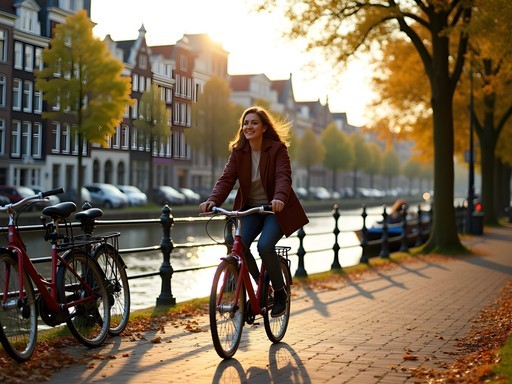

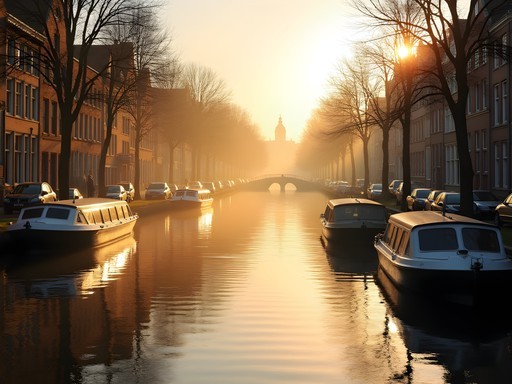

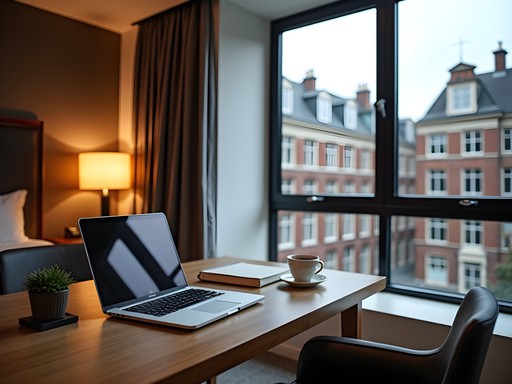
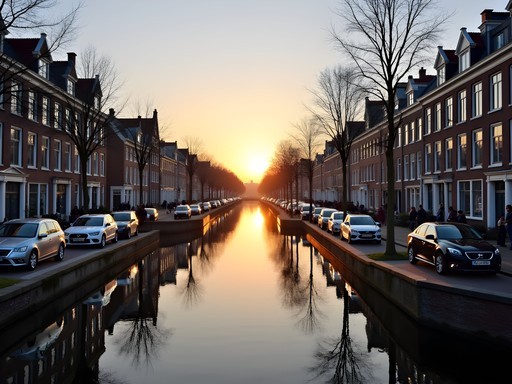
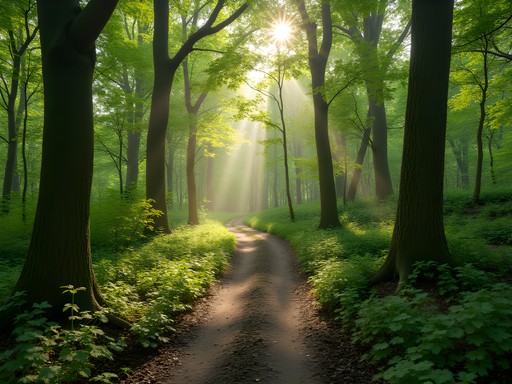
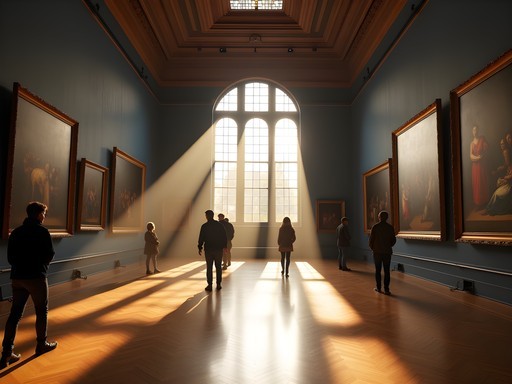
Comments
adventureseeker
Just got back from Amsterdam and used your guide to explore those hidden waterways! The physics analogy really clicked when we found that tiny bridge you mentioned - how the city changes completely just one canal over from the main tourist routes. We tried that Indonesian restaurant near Westerpark and it was amazing. One thing I'd add for others - the early morning light on the canals makes for incredible photos if you can drag yourself out of bed. The NEMO rooftop was way less crowded than expected too!
escapeexplorer
Going to Amsterdam next month! How's the public transportation for reaching these hidden gems? Is it worth getting the Amsterdam travel card?
Bryce Diaz
Not Corey, but I can tell you the public transport in Amsterdam is fantastic! I'd recommend getting the GVB multi-day pass if you're staying more than 2 days. Most of these hidden gems are accessible by tram or a short walk. Bike rental is also amazing for exploring the lesser-known canals!
escapeexplorer
Thanks for the tip! I'll check out the pass. Did you feel safe cycling there? I'm a bit nervous about the bike traffic.
Bryce Diaz
It's intimidating at first but you'll get the hang of it quickly! Just follow the locals' lead and stay in the bike lanes. The city is super flat which makes cycling easy.
Bryce Diaz
Corey, your physicist's perspective on Amsterdam is fascinating! I visited the NEMO Science Museum last year but completely missed the secret laboratory you mentioned. That's going on my list for next time. The underground jazz scene tip is gold - I stumbled into a tiny place in Jordaan but your recommendations sound much more authentic. Did you find the locals receptive to visitors in those more off-the-beaten-path venues? I've found Amsterdam has this wonderful duality where the touristy center feels like a theme park but just a few streets over, you're in the real city.
adventureseeker
I'm curious about this too! I always worry about intruding on local spots as a tourist.
Corey King
Thanks Bryce! The locals were incredibly welcoming at the jazz venues - especially if you show genuine interest in the music. Most Amsterdammers speak perfect English and love sharing their city's hidden side. Just avoid the obvious tourist behaviors and you'll be treated like a local in no time!
escapediver
YESSS to getting off the beaten path in Amsterdam! I was there in February and completely agree that the hidden waterways are magical. We rented bikes and just got purposely lost for a day - best decision ever! Found this tiny pancake shop where the owner told us stories about the neighborhood for an hour. Can't wait to try the jazz scene next time!
exploremood
That pancake shop sounds amazing! Do you remember the name or location?
escapediver
It was called Pannenkoekenhuis Upstairs - tiny place with super steep stairs (so Amsterdam!) and only like 4 tables. Worth finding though! I used my pocket guidebook to navigate back to our hotel after getting thoroughly lost in the best possible way.
Sage Dixon
Corey, your physics-based approach to Amsterdam is refreshing! I visited last summer and stumbled upon that underground jazz club you mentioned - completely transformed my experience. The bartender there recommended another hidden spot: a tiny cocktail bar called 'Tales & Spirits' tucked away in the Jordaan district where they pair each drink with a story about Amsterdam's history. It's like time travel in a glass! I documented the whole experience for my blog but nothing beats experiencing it firsthand. Did you get a chance to try their famous genever tasting flight?
Corey King
Sage! Great to see you here. Tales & Spirits was actually on my list but I ran out of time - now I'm kicking myself for missing it. The genever tasting sounds incredible. Guess I need to plan another trip!
escapediver
Just added Tales & Spirits to my Amsterdam itinerary! Both of you are giving me serious FOMO!
exploremood
Love how you connected physics to travel exploration! That secret lab at NEMO sounds fascinating. Is it something you need to book in advance? Planning a trip with my science-obsessed teenager next month.
Corey King
Thanks! For the NEMO secret lab, I'd recommend booking 2-3 days ahead through their website. They limit daily visitors, especially during peak season. Your teenager will love it - they have hands-on experiments that aren't available in the main exhibition!
exploremood
Perfect, thanks for the quick response! Will definitely book that in advance.
dreamqueen
Just got back from Amsterdam and used this guide! That little café you mentioned near the Jordaan with the physics-themed cocktails was such a find! The bartender was a former physicist!
wanderlustrider
Heading to Amsterdam next month! Which of these hidden gems would you recommend for someone with just 3 days in the city? Want to mix the must-sees with some local spots.
dreamqueen
Not the author but I was there last month! Definitely do the NEMO Science Museum and try to catch a jazz show. The hidden waterway tour was magical at sunset!
citychamp7366
First time visiting Amsterdam next month and feeling overwhelmed by all the tourist traps. This is exactly what I needed! Quick question though - how do you actually find that jazz club? Is there a secret password or something? Also, is the science museum good for someone who knows nothing about physics? I'm more of a history buff but your description makes it sound interesting!
Corey King
No secret password needed! Just look for the blue door on Tweede Tuindwarsstraat, and yes, NEMO is absolutely accessible for non-scientists. The interactive exhibits explain everything beautifully, and the architecture alone is worth seeing!
wildone
OMG this is EXACTLY what I needed!!! Going to Amsterdam next week and so tired of the usual tourist lists. Has anyone tried that hidden waterway tour? Is it worth the €40?
summerwanderer
Did it last month - 100% worth it! The guide was a local historian who showed us spots I never would've found on my own. Bring a light jacket even if it's warm, gets chilly on the water.
Venture X
Premium card with 2X miles, $300 travel credit, Priority Pass